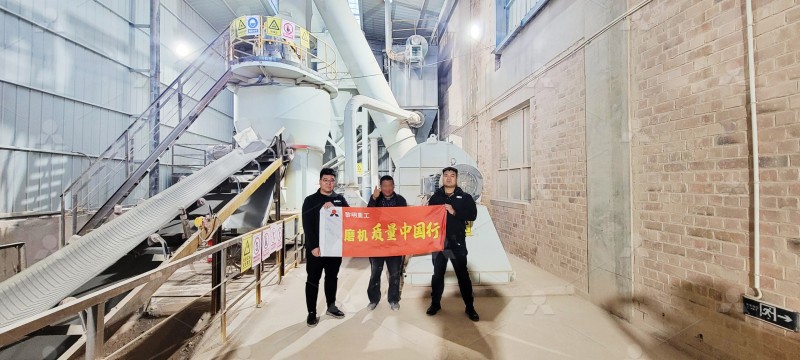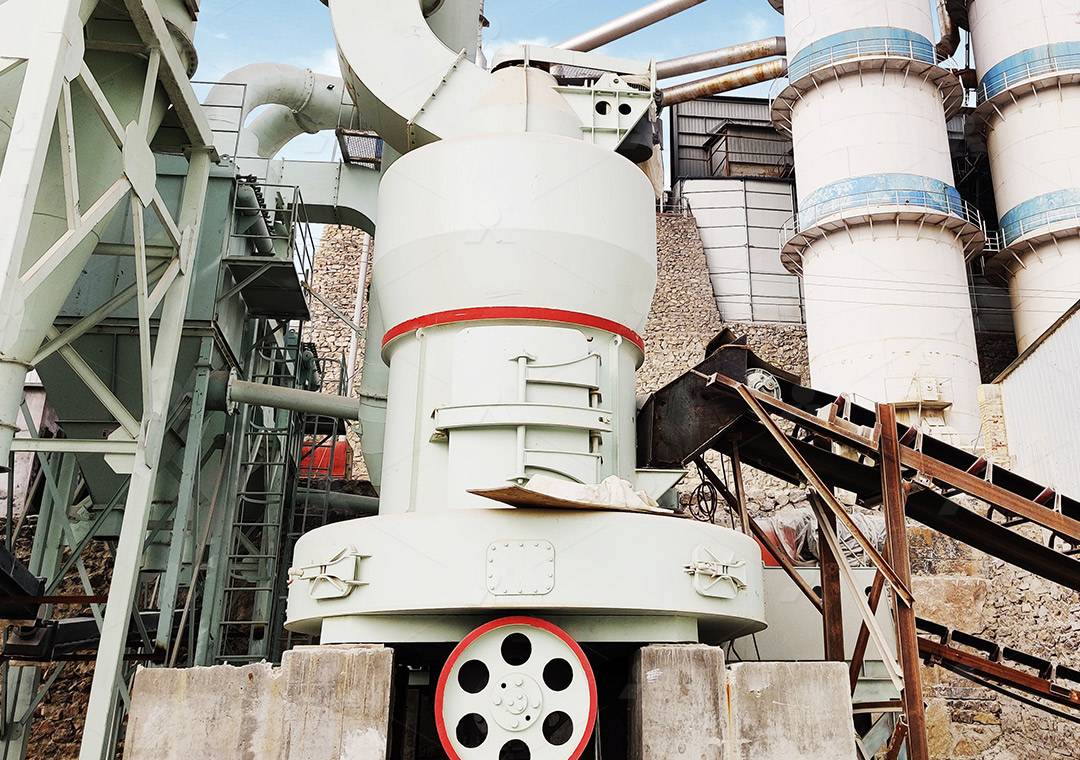Future Trends and Developments in Overpressure Trapezium Grinding Mills
We provide a wide range of mills — including Raymond mill, trapezoidal mill, vertical mill, ultrafine mill, and ball mill, obtained ISO9001 international quality certification, EU CE certification, and Customs Union CU-TR certification. Suitable for processing minerals such as limestone, phosphate, quicklime, kaolin, talc, barite, bentonite, calcium carbonate, dolomite, coal, gypsum, clay, carbon black, slag, cement raw materials, cement clinker, and more.
The discharge range of these mills can be adjusted to meet specific processing needs, typically from 80-400 mesh, 600-3250 mesh, and can achieve the finest particle size of up to 6000 mesh(D50).
If you are looking for a reliable grinding solution to turn stone or minerals into fine powder, please feel free to contact our online customer service.
Navigating the Evolution of Industrial Grinding Technology
The industrial grinding sector stands at the precipice of significant transformation. As manufacturing demands grow increasingly sophisticated, overpressure trapezium grinding mills are evolving to meet new challenges in efficiency, sustainability, and precision. These advancements are reshaping how industries process materials from mining to pharmaceuticals.
Modern trapezium mills have moved far beyond their conventional predecessors. The integration of digital control systems, advanced material science, and innovative mechanical designs has created a new generation of grinding equipment capable of unprecedented performance. What was once a simple crushing process has become a highly controlled, precision operation.

Intelligent Control Systems Revolutionizing Operation
The most significant trend in trapezium mill development is the integration of smart control systems. Modern mills now incorporate PLC (Programmable Logic Controller) systems that allow for precise adjustment of grinding parameters in real-time. Operators can fine-tune pressure, speed, and feed rates to optimize for specific materials and desired output characteristics.
These intelligent systems also enable predictive maintenance capabilities. By monitoring vibration patterns, temperature fluctuations, and power consumption, the equipment can alert operators to potential issues before they cause downtime. This proactive approach to maintenance represents a substantial improvement over traditional reactive maintenance schedules.
Sustainability Driving Innovation
Environmental considerations are increasingly influencing grinding mill design. Modern trapezium mills incorporate sophisticated dust collection systems and noise reduction technologies that minimize their environmental footprint. The industry is moving toward closed-system designs that prevent material loss and contain potentially harmful particulates.
Energy efficiency has become another critical focus area. Advanced designs reduce power consumption through optimized mechanical systems and improved airflow dynamics. Some next-generation mills achieve energy savings of 30-50% compared to conventional models while maintaining or even improving throughput.

Material Science Advancements
The development of new wear-resistant alloys has dramatically extended the service life of critical components. Grinding rollers and rings manufactured from specialized materials can last 1.7-2.5 times longer than traditional components, reducing maintenance frequency and operational costs.
These material improvements also contribute to product purity. Reduced mechanical wear means less contamination of processed materials, which is particularly crucial in industries like pharmaceuticals and food processing where product purity is paramount.
LIMING’s Contribution to Grinding Technology
Among the leaders in this evolving landscape, LIMING has developed grinding solutions that address contemporary industrial challenges. The MW Ultrafine Grinding Mill represents a significant step forward in precision grinding technology. With an input size capability of 0-20 mm and capacity ranging from 0.5-25 tph, this equipment meets diverse industrial needs while maintaining exceptional efficiency.
The MW Ultrafine Grinding Mill incorporates several innovative features that align with current industry trends. Its newly designed grinding curves enhance efficiency, achieving production capacity 40% higher than jet grinding mills and twice that of ball grinding mills with comparable power consumption. The adjustable fineness between 325-2500 meshes provides remarkable flexibility for various applications.
Another notable solution is the LUM Ultrafine Vertical Grinding Mill, which combines Taiwanese grinding roller technology with German powder separating technology. This mill’s unique roller shell and lining plate grinding curve design generates material layers more effectively, enabling high rates of finished products through single-pass powder milling. The multi-head powder separating technology reduces energy consumption by 30%-50% compared to conventional mills.

Future Directions
Looking ahead, the integration of artificial intelligence and machine learning promises to further revolutionize trapezium mill operations. These technologies could enable fully autonomous optimization of grinding parameters based on material characteristics and desired output specifications.
Additionally, the industry is moving toward more modular designs that allow for easier customization and scalability. This approach enables operations to tailor equipment precisely to their specific needs while facilitating easier upgrades as technology advances.
Frequently Asked Questions
What distinguishes modern trapezium mills from earlier designs?
Contemporary trapezium mills incorporate advanced control systems, improved material science, and optimized mechanical designs that significantly enhance efficiency, reduce energy consumption, and improve product quality compared to traditional models.
How important is environmental consideration in current mill design?
Extremely important. Modern designs prioritize dust containment, noise reduction, and energy efficiency. Equipment like the MW Ultrafine Grinding Mill includes efficient pulse dust collectors and mufflers that minimize environmental impact while maintaining performance.
What maintenance advantages do newer trapezium mills offer?
Advanced designs feature innovations like the absence of rolling bearings and screws in the grinding chamber (as seen in the MW Ultrafine Grinding Mill), external lubrication systems, and reversible structures that simplify maintenance and reduce downtime.
How has digitalization impacted grinding mill operation?
Digital control systems enable precise parameter adjustment, remote monitoring, and predictive maintenance capabilities. Numerical control of manufacturing processes also ensures higher precision in core components, improving reliability and performance.
What industries benefit most from advanced trapezium grinding mills?
These mills serve diverse sectors including mining, chemicals, pharmaceuticals, food processing, construction materials, and recycling. Their ability to process various materials with precise control makes them valuable across multiple industrial applications.
